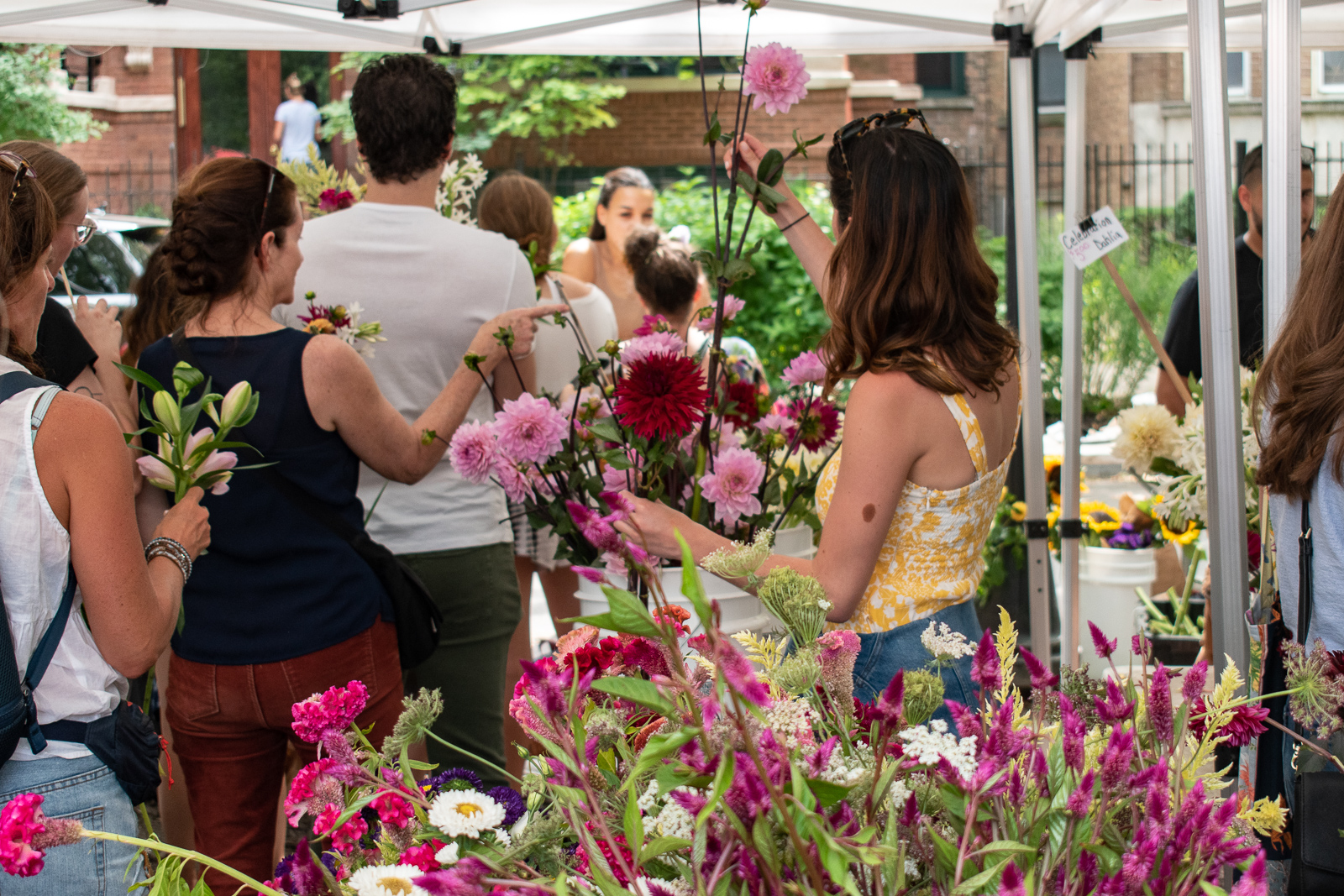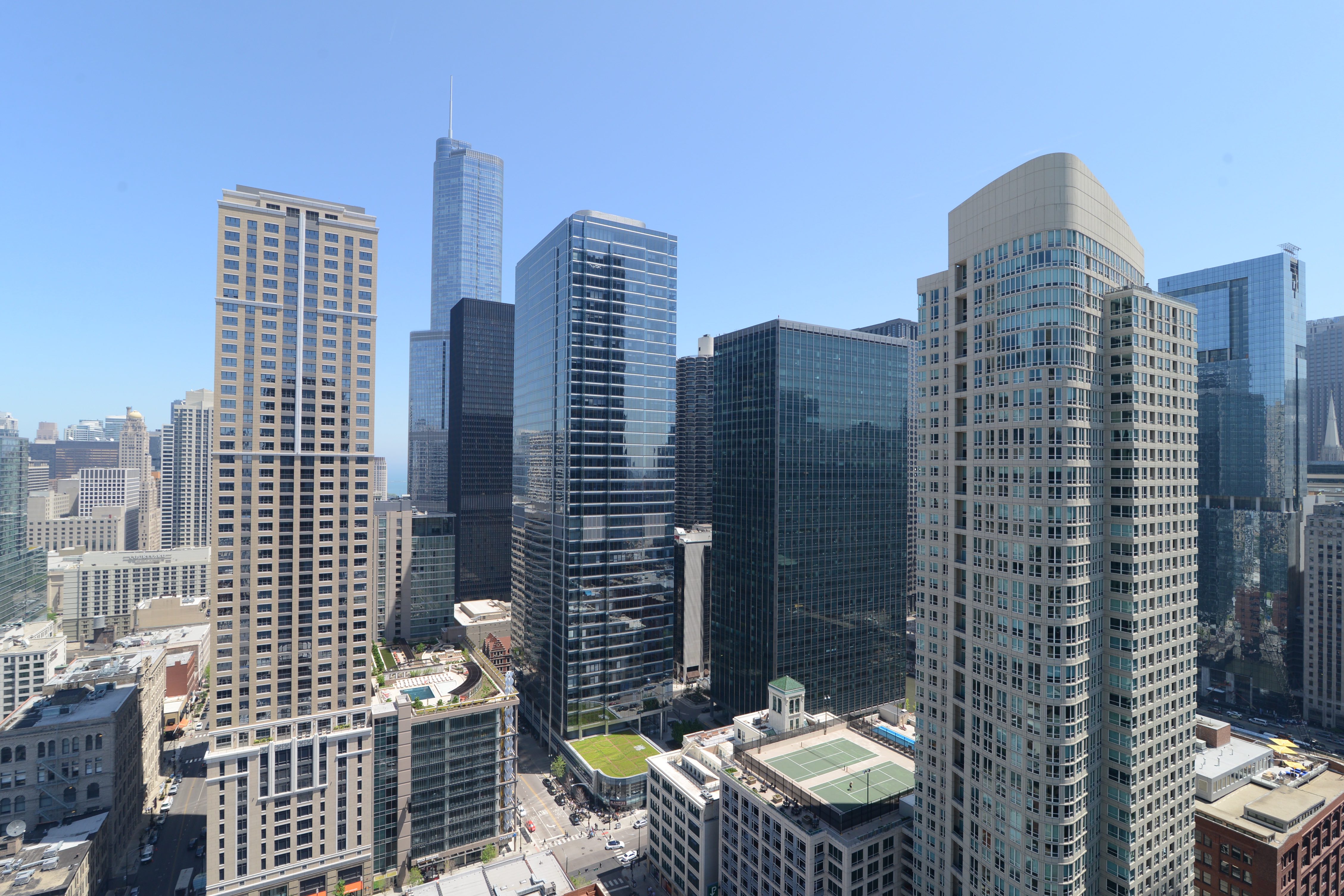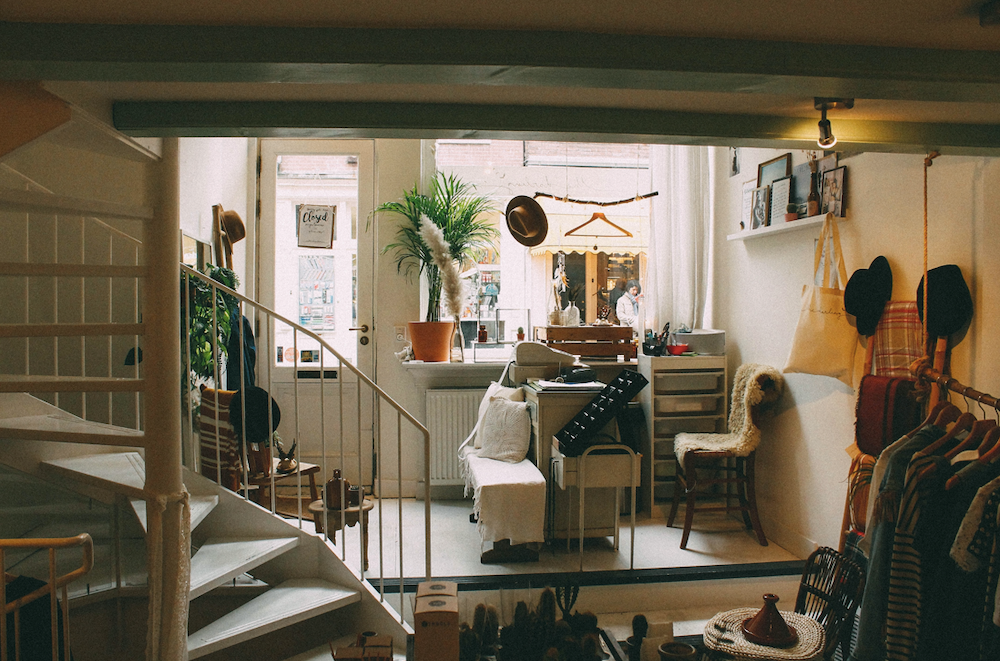What to Know About a Condo Association in Chicago
If you are in the process of finding a condo property to own, it’s essential to understand why condo associations exist and how they operate.
Regardless of how comfortable you feel around this topic, the Luxury Living team is here to break down everything you need to know about condo associations in Chicago.
What is a Condo Association
As soon as you purchase a condo unit, you automatically become a member of a condo association.
By definition, a condo association is a formal group of unit owners in a condominium building.
This association is run by an elected board of directors, which handles the maintenance and repair of common areas, disputing among unit owners, and enforcement of rules and regulations, and condominium fees.
The ultimate goal of a condo association is to help maintain the quality of life for community residents and protect their property value.
Condo associations take a significant burden off residents by keeping up with community maintenance, including snow and garbage removal, as well as building repairs and maintenance.
Not only does this maintenance help alleviate resident’s stress and responsibilities, but it also helps ensure community curb appeal. The condo associations help keep condominium communities in pristine condition, promoting a desirable location for potential buyers and an enhanced environment for residents.
Condo associations also help maintain the upkeep of community amenities, such as a pool or fitness center.
While condo associations take care of a significant amount of maintenance, owners are still held accountable for keeping the community in good shape through rules and fees. The rules restrict residents from trashing the outside of their units, and the fees provide funding for external maintenance.
How Condo Associations are Created
When new communities are developed, new homeowner associations also come into existence.
While the process for establishing a homeowner association may look different depending on the location, there are standard procedures.
Upon the creation of a new condo community, the developer establishes a business structure by forming an LLC or nonprofit corporation. The shares of the association are allocated as the developer sells units.
Once formed, the condo association is responsible for creating covenants, conditions, and restrictions (CC&Rs) that describe how the association will operate and what rules unit owners must abide by. During this process, a procedure for future modification of the CC&Rs is implemented and rules and regulations are written, putting the CC&Rs into easy-to-understand language for community residents.
The next step involves drawing up governing documents, such as articles of incorporation and bylaws (which outline meeting frequency, voting guidelines, the election of HOA leaders and other operating procedures).
Finally, the association must elect qualifying officers and board members to manage the association’s operations. This board generally changes on an annual basis and requires voting among the entire association.
Condo Association Dues
To effectively operate, condo associations need funding. Where exactly does this funding come from? The answer is from the condo owners.
When someone buys a condominium unit, they become an automatic member of that community’s homeowner association; and with this membership comes unavoidable monthly or annual dues.
The bulk of these fees help fund community amenities and provide services. A smaller portion of these funds goes towards the association’s administration, including legal, accounting, and management services.
It’s important to know that different condo associations have different policies regarding what services they will provide the community. That’s why you want to investigate exactly what your prospective condo association offers residents before securing a purchase.
So what happens if you do not pay those association fees? While the repercussions may vary depending on the association, there are basic penalties that are likely to be put into action.
First, be prepared to receive a letter reminding you of your outstanding debt immediately. The condo association may also add on a fine and/or interest on that missed payment.
Often, the association may also revoke homeowner rights. This may include taking away your privileges to vote on condo association matters or utilize common areas, such as a gym or pool.
To avoid these consequences, it is critical to keep up with association fees; and if you do happen to miss a payment, make sure to keep open communication with your association’s board to resolve the issue and minimize penalties.
Condo Association Rules
Upon establishment, every condo association creates rules and regulations for residents to follow, but the formal organization is also expected to follow certain guidelines.
While some local laws and ordinances dictate how condo associations need to be formed and operated, generally the associations have a large amount of freedom.
Each condo association can create their own covenants, conditions, and restrictions (CC&Rs) that owners are expected to follow. These CC&Rs cover expectations regarding resident behavior, architecture, and common responsibilities.
Many common condo rules and regulations revolve around financial responsibilities, pet regulations, rental guidelines, and maintenance standards.
Whatever the CC&Rs may be, they are not voluntary. Residents have a legal obligation to follow these condo HOA rules or they may face fines and/or legal action.
Do Condo Associations Have Insurance?
While condo owners are responsible for ensuring the inside of their units, associations are also required to obtain their own insurance policies to keep the organization protected.
Homeowners associations must have hazard and liability insurance for specific areas of the condominium development, often including common areas, like stairwells and pools, and some exterior elements such as the condo’s roof.
While this insurance takes some of the financial and liability burdens off of the unit owners, a portion of the owner’s condo fees helps to pay for the policy.
Frequently, condo associations will also have what is called a “master policy”. This type of policy generally covers damages and personal injury. The damages covered by a master policy involve damages to the shared property, which may be a result of storms, fires, criminals, etc. General liability insurance covers the costs of any lawsuits for medical expenses filed by people injured in the common areas of the property.
It is also important for condo associations to have directors and officers insurance to ensure financial protection to the people running the association. This specific type of insurance covers both legal defense costs and damages if a homeowner decides to sue its association. This policy does not cover intentional misconduct. Employee theft insurance can protect the association if a director, officer or property manager embezzles association funds.
Finding a Condo in Chicago
Now that you have a better understanding of condo associations in Chicago, it may be time to find a property of your own.
Regardless of what you are looking for, the Luxury Living team can connect you with an experienced broker to help streamline the hunt for your dream home.
Find your perfect condo in the Windy City today!










